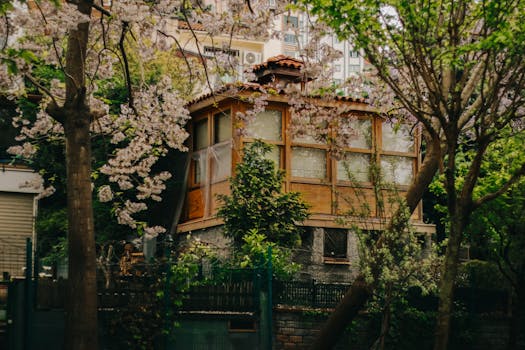
Urban Green Spaces: The Future of Outdoor Living in European Cities by 2025
Urban Green Spaces are becoming increasingly important in European cities as they provide a range of benefits, from improving air quality to enhancing mental health. As we look to the future, it’s clear that these spaces will play a vital role in shaping the way we live, work, and interact with our surroundings. In this article, we’ll explore the current state of urban green spaces in European cities and how they will evolve by 2025.
Introduction to Urban Green Spaces
Urban Green Spaces refer to areas of vegetation, water, and other natural elements within urban environments. These spaces can take many forms, including parks, gardens, green roofs, and urban forests. They provide a range of ecosystem services, including air and water filtration, soil formation, and climate regulation, as well as habitat creation and biodiversity conservation.
Benefits of Urban Green Spaces
The benefits of urban green spaces are numerous and well-documented. Some of the most significant advantages include:
- Improved air quality: Urban green spaces can help to reduce air pollution by absorbing pollutants and particulate matter.
- Enhanced mental health: Spending time in nature has been shown to have a positive impact on mental health, reducing stress and anxiety.
- Increased physical activity: Urban green spaces provide opportunities for physical activity, such as walking, cycling, and sports.
- Climate regulation: Urban green spaces can help to regulate the urban microclimate, reducing the urban heat island effect and mitigating the impacts of climate change.
Current State of Urban Green Spaces in European Cities
European cities are taking steps to increase the amount of urban green space, recognizing the importance of these areas for both residents and the environment. Some of the most notable examples include:
- Paris: The city has implemented a range of initiatives, including the creation of green roofs and walls, and the development of new parks and gardens.
- London: The city has set a target of becoming the world’s first National Park City, with a focus on increasing green space and improving air quality.
- Barcelona: The city has implemented a range of urban planning strategies, including the creation of superblocks, which prioritize pedestrian-friendly and green spaces.
Future of Urban Green Spaces in European Cities by 2025
By 2025, urban green spaces in European cities are expected to play an even more critical role in shaping the way we live, work, and interact with our surroundings. Some of the key trends and developments that are expected to shape the future of urban green spaces include:
- Increased use of green infrastructure: Green infrastructure, such as green roofs and walls, is expected to become more widespread, providing a range of benefits, from improved air quality to enhanced biodiversity.
- Integration with urban planning: Urban green spaces are expected to become more integrated with urban planning, with a focus on creating sustainable and resilient cities.
- Community engagement: Community engagement and participation are expected to become more important, with a focus on creating inclusive and accessible green spaces that meet the needs of all members of the community.
Conclusion
Urban Green Spaces are a vital component of European cities, providing a range of benefits, from improved air quality to enhanced mental health. As we look to the future, it’s clear that these spaces will play an even more critical role in shaping the way we live, work, and interact with our surroundings. By 2025, urban green spaces in European cities are expected to be more integrated, sustainable, and community-focused, providing a range of benefits for both residents and the environment.






